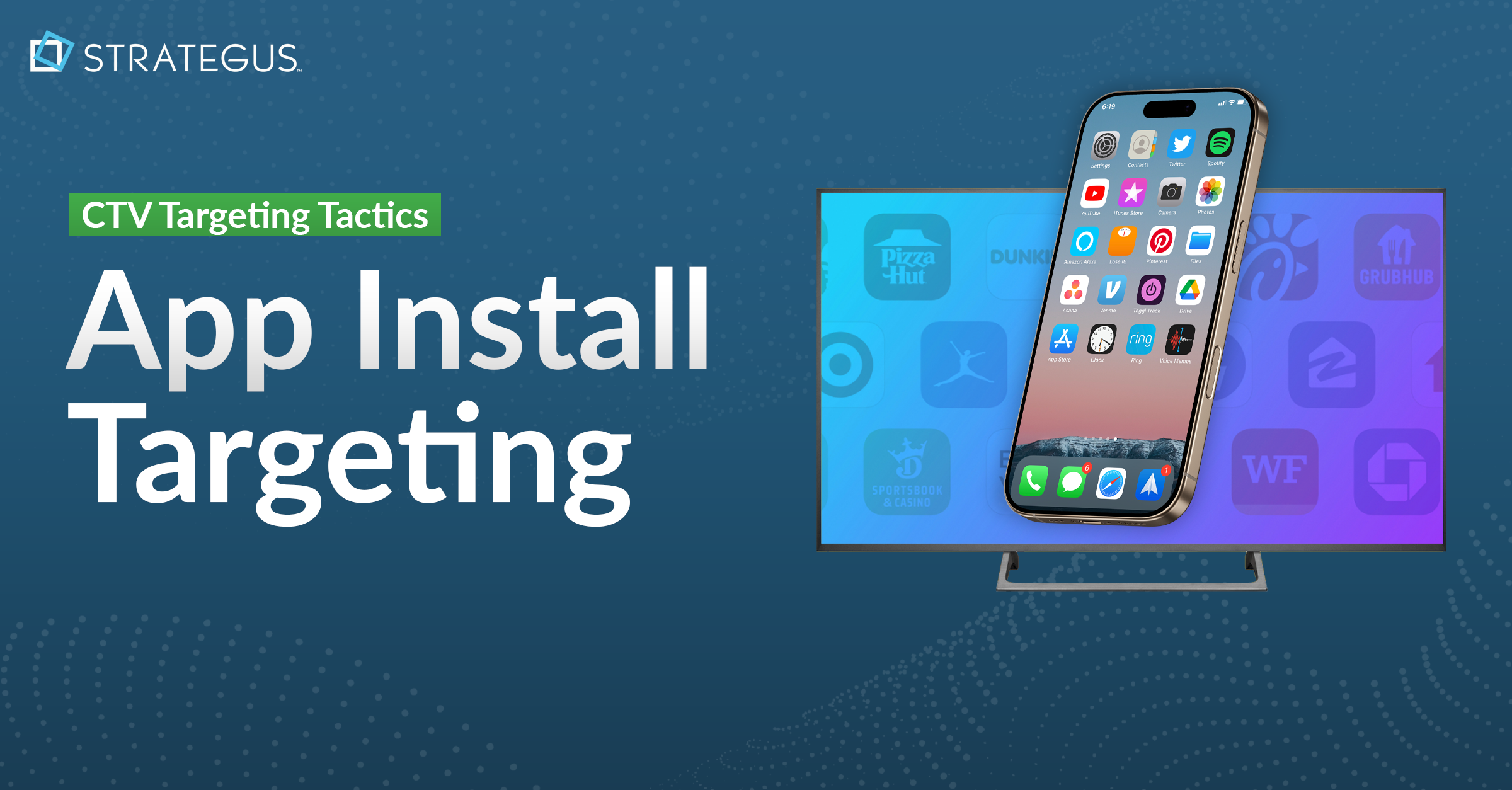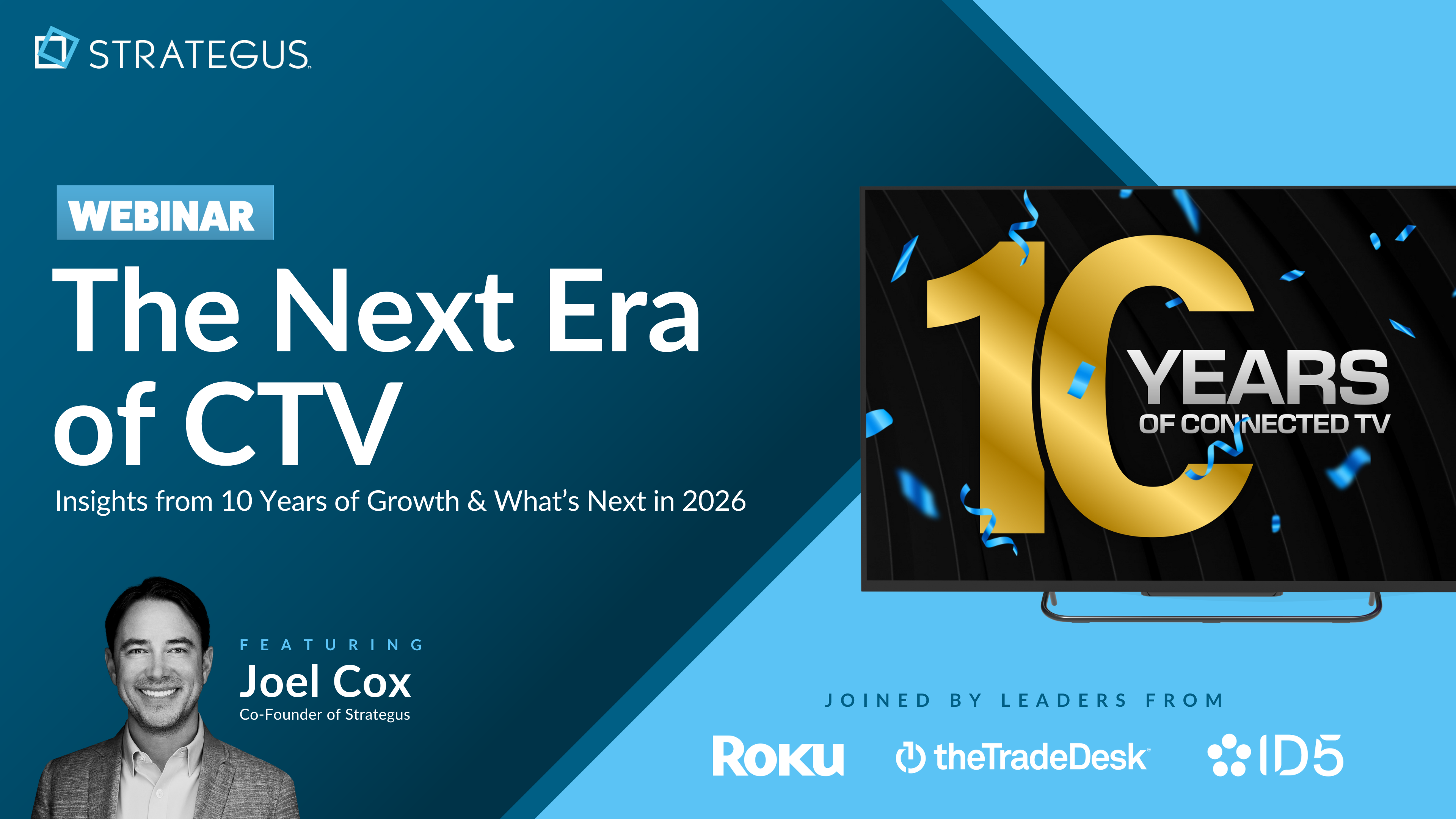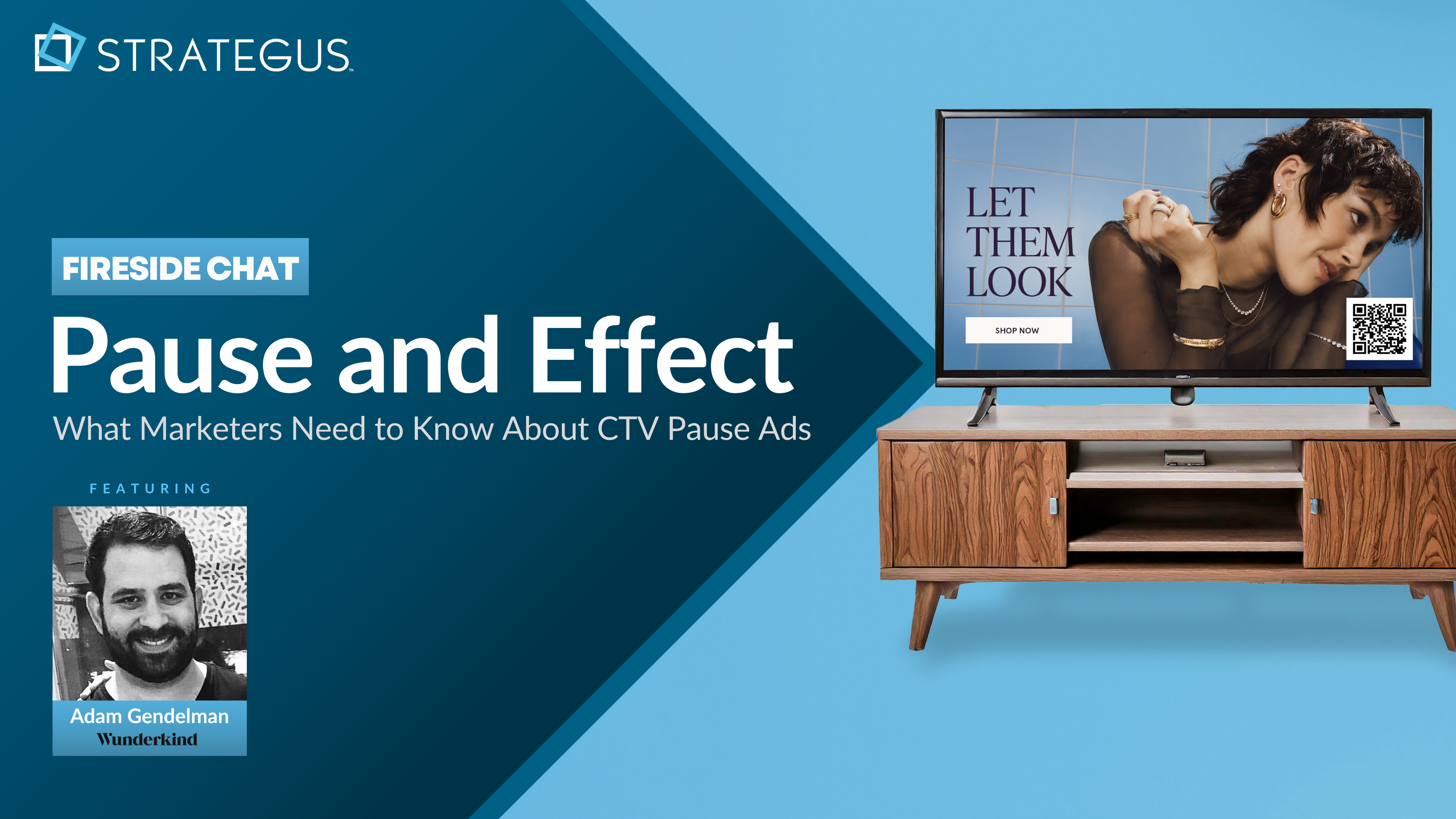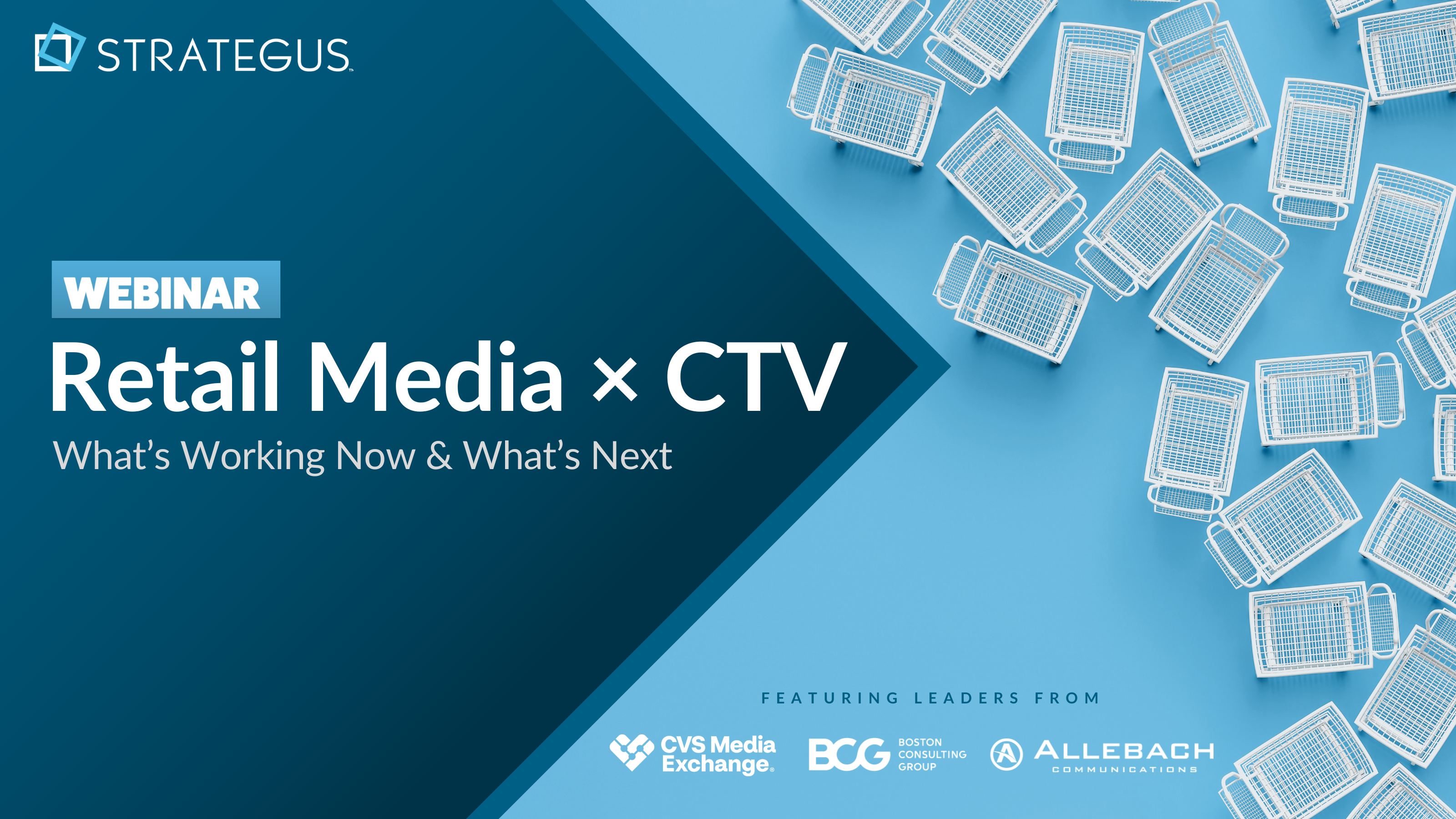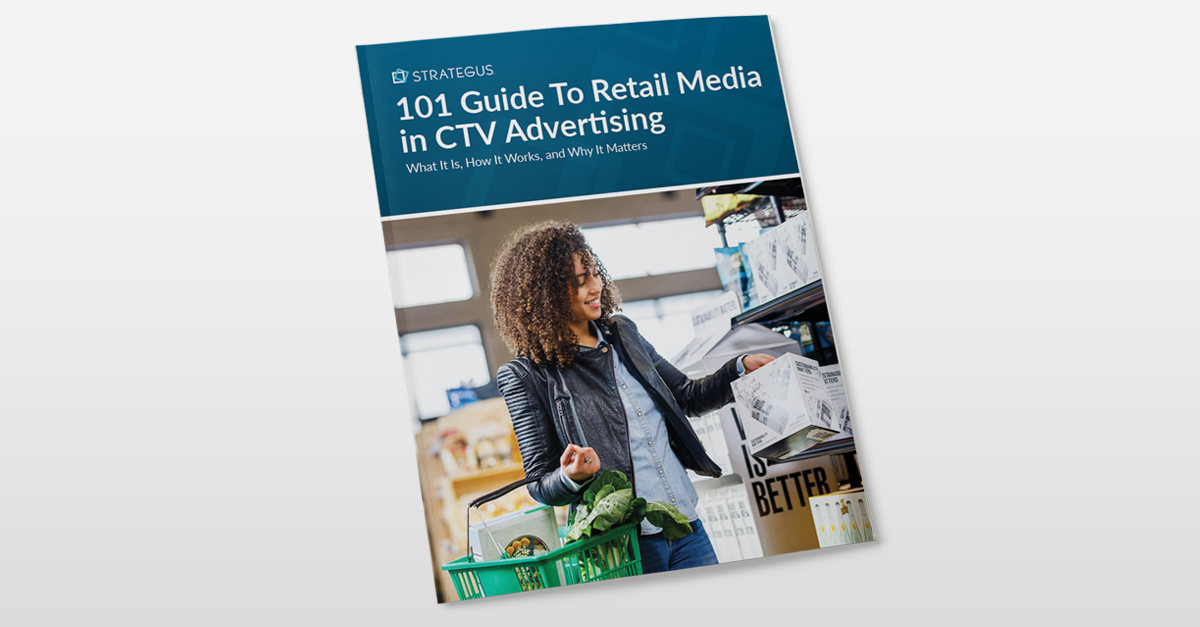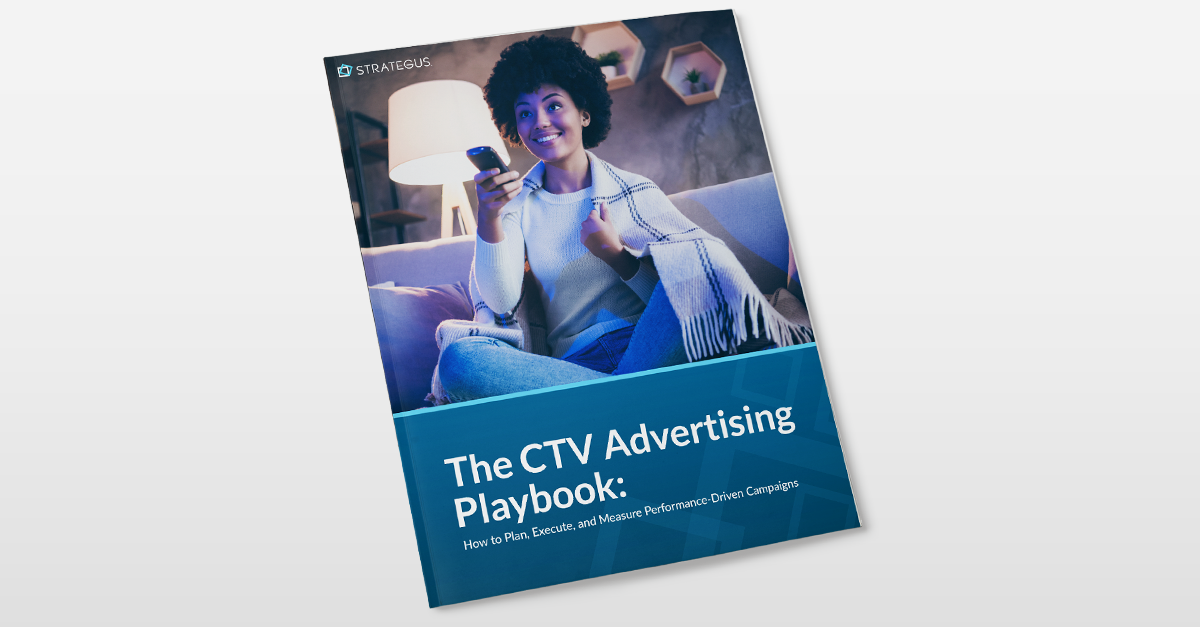- Home
- Strategus Blog
- What is Full-Funnel Attribution: Benefits, Strategy & Setup
What is Full-Funnel Attribution: Benefits, Strategy & Setup
 Andy Dixon
Andy Dixon
6 minutes read

As an advertiser, embracing full-funnel attribution elevates your campaign measurement to make data-backed decisions, and unlocks the full potential of your advertising efforts.
Now is the time to outgrow the old models and harness the power of full-funnel attribution to achieve success in today's evolving advertising landscape.
Full-funnel attribution brings together marketing tactics to measure ad performance holistically. It goes beyond last-touch or single-touch models, to provide a full picture of the entire customer journey.
This blog will cover how the marketing data from each touchpoint can be measured from the first contact to the final conversion.

What is Full-Funnel Attribution?
Let’s run through a quick scenario. You notice a significant increase in online traffic as a digital marketing manager. You try to find a direct answer for this sudden rise, but the data isn’t available.
For added context, your brand just launched a new campaign and you generally expect a boost in traffic around this time of year. However, you don’t normally see this much.
With full-funnel attribution, you scrap the simple attribution models that account for the first or last touch. Instead, full-funnel attribution, also called multi-touch attribution, connects marketing tactics and collects data on audience response.
Enhanced Insights
Having an overall picture to analyze all marketing channels, lets you break down the marketing funnel. The relationship between impact and spending is identified in different channels for specific campaign key performance indicators.
Now, you have insights into which channels are driving the surge in online traffic.
Every Touchpoint of the Customer Journey
Each customer journey is different, and it can take between 6-8 touchpoints to generate a conversion.
Knowing which channels affect the bottom line is crucial. In fact, a typical range of 15% to 20% of marketing budgets could be reinvested in other activities without losing marketing ROI.
When we start quantifying the connection between advertising and sales, we can calculate:
-
The amount spent on an advertising channel and how each influences sales
-
The channels linking the top of the funnel to lower funnel conversions
-
How both online and offline touchpoints are affected and their effectiveness
Getting Started with Full-Funnel Attribution
Compared to a decade ago, advertising has largely become data-driven. This has moved with the rising number of digital devices streaming content in every household.
Why not capitalize on the sophisticated tools available to enhance marketing performance?
Not to mention, innovations are empowering advertisers to dive deeper into strategy optimization.
Targeting
Full-funnel attribution and audience targeting work hand in hand to improve performance. You can view how different audience segments interact and see which ones convert the most.
Understand audience behavior and optimize your revenue ad campaign with:
-
Granular Segmentation: See the audience based on their engagement and conversion patterns at different stages of the funnel. These segments enable you to customize targeting strategies and address specific needs and behaviors, increasing the chances of conversion.
-
Optimization Across the Funnel: You may find that a particular audience segment responds well to top-of-funnel awareness campaigns, while another segment converts more often at the bottom of the funnel. With this data, you can allocate your budget, messaging, and ad placements to convert different segments.
-
Crafting Customized Messages: Armed with this knowledge, you can customize your ads to directly address the unique pain points specific to your audience. This level of personalization creates relevance and effectiveness in your targeting, ultimately leading to higher engagement and conversions.
Measurement
Third-party cookies used to play a crucial role in marketing attribution measurement, tracking users across website searches and channels.
Even with the death of third-party cookies and privacy concerns, advertisers still can make data-driven decisions with the following:
-
First-Party Data: With the end of third-party cookies, the focus is shifting toward first-party data. First-party data includes information collected directly from users who have interacted with your brand, such as website visitors, app users, or customers. This data remains accessible and can be used to build campaigns.
-
Digital Streaming Devices: Streaming devices like connected TV (CTV) offer the ability to measure performance. By leveraging device graphs, households or individuals can be identified across different devices. This lets advertisers measure reach, frequency, and more without cookies.
-
Contextual Targeting: This targeting method refines ad delivery based on specific content. Instead of using individual user data, contextual targeting synthesizes the attributes of the webpage, app, or video being streamed to determine its keywords, subject matter, and other relevant contextual signals.
Full-Funnel Attribution Strategies for Ad Campaigns
Here is how a full-funnel attribution strategy can integrate ads on CTV, display, streaming audio, paid search, and paid social:
Awareness Stage
-
CTV Ads: Run targeted CTV ads during streaming shows and relevant content to establish brand awareness with your target audience.
-
Display Ads: Utilize display ads on related websites to continue brand visibility.
Consideration Stage
- CTV Ads: Keep running CTV ads to reinforce messaging.
-
Display Ads: Apply retargeting techniques to display ads to users who have already shown an interest in your brand.
-
Streaming Audio Ads: Add audio ads on music and podcast platforms to reach your target audience when they are tuned in.
Conversion Stage
- Paid Search Ads: Develop paid search campaigns with essential keywords to match users searching online.
-
Paid Social Ads: With platforms like Facebook and Instagram, set up paid social media campaigns to drive conversions.
-
CTV Ads: Provide users with an easy way to convert, like QR codes or clickable elements.
Retention Stage
- CTV Ads: Strengthen brand loyalty and encourage further engagement.
-
Streaming Audio Ads: Promote loyalty programs, special offers, or exclusive content.
-
Paid Social Ads: Target previous or existing customers with rewards and new products.

Harnessing Full-Funnel Attribution to Optimize Marketing Campaigns
Carrying out a coordinated attribution system merges data from every marketing channel and touchpoint.
Comprehensive attribution tools can analyze all this data and generate actionable insights for optimization, marketing budget, and overall performance. Especially when it comes to:
-
Understanding ROI
-
Enhancing the Customer Journey
-
Identifying New Opportunities
-
Attributing Value to Different Marketing Tactics
-
Staying Competitive
Unlock Success: Embrace Full-Funnel Attribution Today
Drop the guesswork between sales and marketing teams. Harness the power of data-driven decision-making and elevate your marketing strategies by embracing the true impact of every touchpoint.
Take charge of your success and transform your business with a full-funnel marketing strategy today.
Contact us to explore the possibilities for your next campaign strategy. By leveraging our experience and expertise, your marketing efforts reach the desired audience at the right time.

Andy Dixon is a seasoned Content Writing Specialist at Strategus, renowned for his expertise in creating engaging and impactful digital content. With over a decade of experience in content creation, Andy has honed his skills in a variety of niches, ranging from technology and marketing to education.
Strategus is a managed services connected TV(CTV) advertising agency with over 60,000+ campaigns delivered. Find out how our experts can extend your team and drive the result that matter most.
Talk to an Expert
Table of Contents
Seeking a Custom CTV Strategy That Delivers?
What to read next
App Event Tracking: Tie Mobile App Activity to CTV Campaigns
Let’s say you’re running a CTV campaign for a personal finance app.
5 minutes read

Stop Guessing Who Your Audience Is — Let Their Apps Tell You
Connected TV (CTV) targeting often falls in one of two camps.
8 minutes read
See Who Bought After Your Ad + How Much They Spent
You can’t improve what you can’t measure. And for years, that’s been a major problem with TV advertising.
4 minutes read
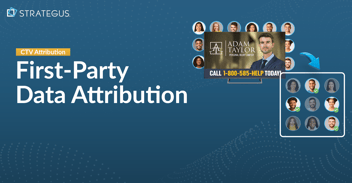
First-Party Attribution: Match Ads to Sales With CRM Data
The value of first-party data continues to grow.
7 minutes read



